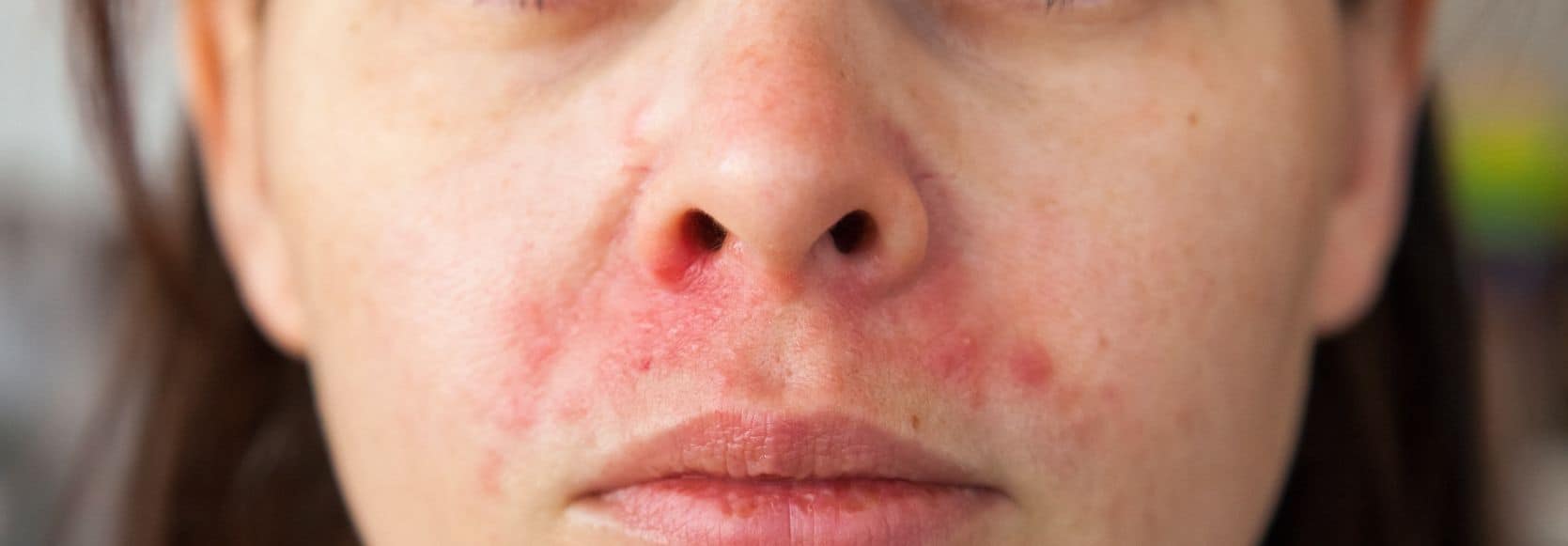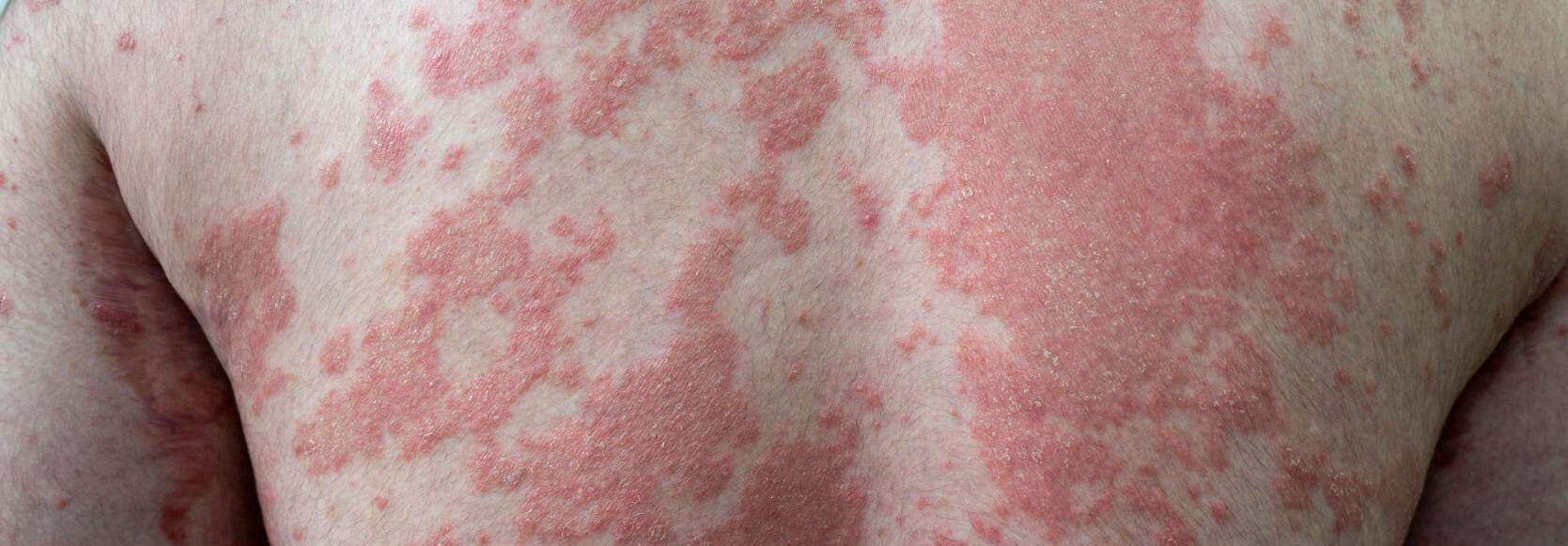Using Sunscreen for Optimal Protection
Exploring SPF
The Importance of SPF in Daily Skincare
Choosing the Ideal SPF for Your Skin Type
- For Combination Skin: A balanced formula that caters to dry and oily areas is best. Lightweight lotions or fluid sunscreens are excellent choices.
- For Oily Skin: Opt for a non-comedogenic, oil-free formula. Gel-based or mattifying sunscreens can help control excess oil and prevent breakouts.
- For Dry Skin: Moisturising sunscreens containing hyaluronic acid or glycerin are ideal. Cream-based sunscreens provide additional hydration.
- For Sensitive Skin: Choose mineral sunscreens that contain zinc oxide or titanium dioxide as these are less likely to cause irritation or allergies.
Dispelling Common SPF Myths
Myth 1: SPF is Only Needed in the Summer
Myth 2: A Higher SPF Provides Long-lasting Protection
Myth 3: Darker Skin Doesn't Require SPF
Myth 4: Indoor Living Doesn't Necessitate SPF
Myth 5: Makeup with SPF is Enough
Incorporating SPF into Your Routine: Useful Tips
- Layer SPF Products: Utilise multiple SPF products like sunscreen, moisturiser and foundation for additional protection.
- Apply it Last: Administer sunscreen following your moisturiser and before applying makeup to protect your skin effectively.
- Cover Your Lips: Lips can sunburn too, so use an SPF lip balm for protection.
- Use Reminders: Reapply every two hours when outdoors and immediately after swimming, sweating or towel-drying. Setting a phone reminder can help.
Understanding SPF in Counteracting Sun-Induced Skin Conditions
Understanding the connection between SPF, UV rays and skin health is essential for making informed skincare decisions. UVA and UVB are the dual types of UV rays. UVA rays penetrate deeper into the skin causing ageing (photoaging), while UVB rays affect the skin surface causing primarily sunburn. Both types can contribute to skin cancer and other sun-related skin conditions.
Conditions Triggered by Sun Exposure:
- Photoaging: Extended exposure to UVA rays accelerates skin ageing, resulting in wrinkles, fine lines and hyperpigmentation.
- Age Spots and Sun Damage: These flat, brown or black spots, often termed liver spots are caused by continuous sun exposure.
- Freckles and Solar Lentigos: These small, flat, brown skin spots darken with increased sun exposure.
- Actinic Keratosis: Identified by rough, scaly patches due to prolonged sun exposure, this condition can potentially develop into skin cancer.
- Basal Cell Carcinoma: This form of skin cancer typically appears as a translucent bump on the skin and is primarily due to UV exposure.
- Squamous Cell Carcinoma: This form of skin cancer manifests as red, scaly lesions associated with prolonged UVB exposure.
- Malignant Melanoma: This deadly skin cancer can develop anywhere on the body and is closely tied to UV exposure.
Although SPF mainly measures protection against UVB rays, many sunscreens now offer broad-spectrum protection, defending against both UVA and UVB rays. This comprehensive protection is crucial in sustaining overall skin health.
Conclusion
Integrating SPF into your daily routine significantly aids in maintaining radiant, youthful skin. Realising the importance of sun protection and choosing suitable products can make SPF a staple of your skincare routine.
Remember, the skin protection you uphold today will ensure healthier, more beautiful skin in the future. SPF is necessary whether you’re new to skincare or a seasoned pro.
Embark on your sun-safe journey with confidence and seek the guidance of skincare professionals for personalised advice. Dermatologists can assist in selecting a suitable SPF and answer any queries about sun-induced conditions. Your skin will thank you!






